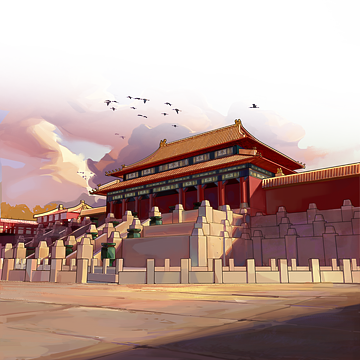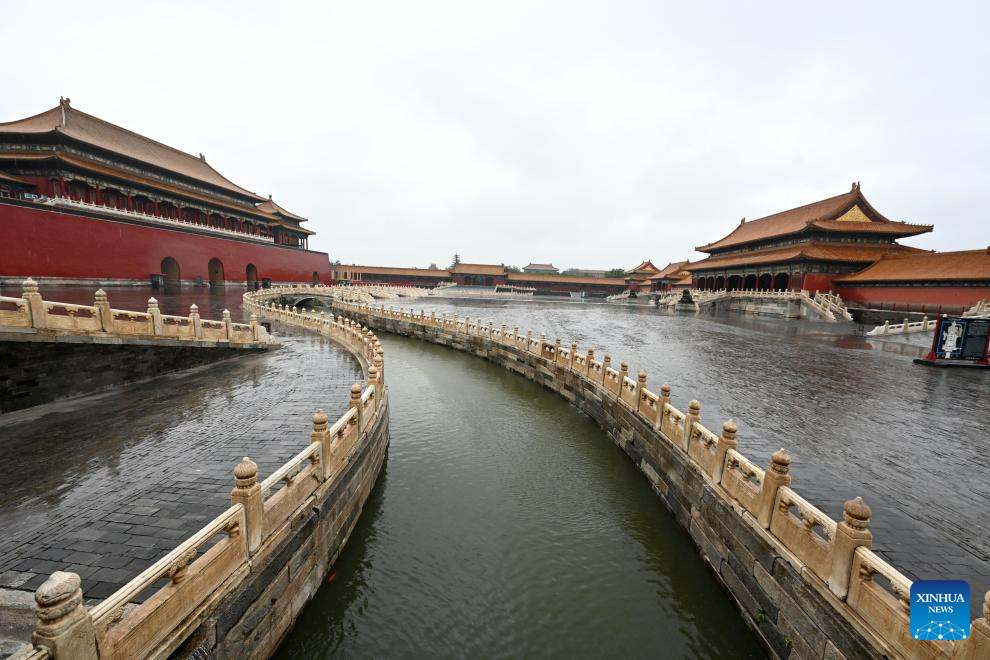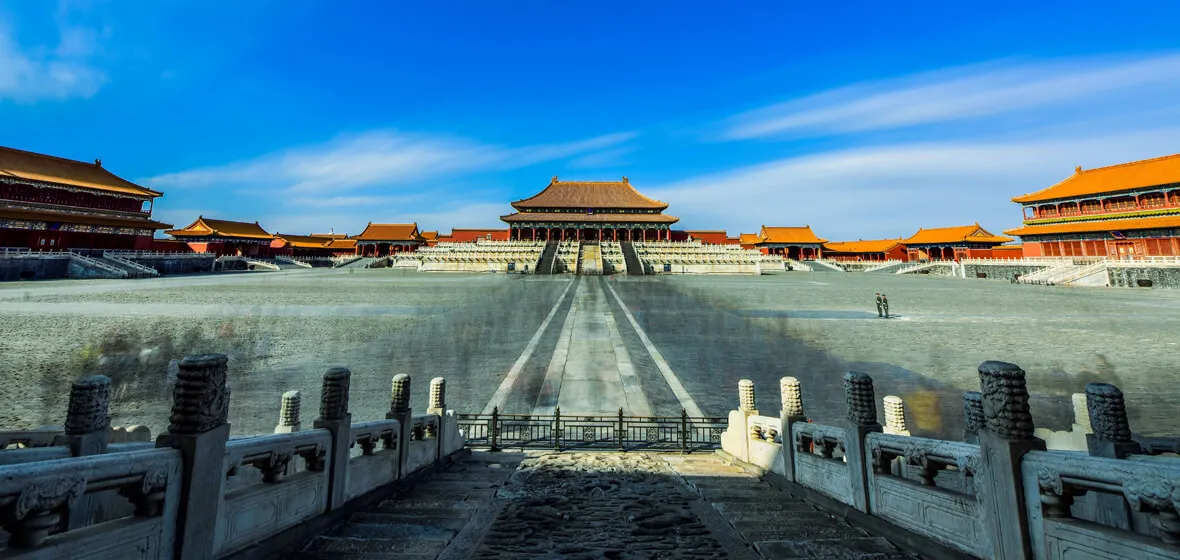Change and Continuity: The Architectural Wonder of the Forbidden
Por um escritor misterioso
Descrição
The Forbidden Palace is an architectural wonder and the first recognized Chinese World Heritage site. Constructed in 1420, in the early Ming Dynasty, it is by far the largest ancient palatial structure in the world, covering a total of 180 acres. Today, it is the most valuable piece of real estate in the world, worth

Continuity & Change: Recent works of MADe

Change and Continuity: The Architectural Wonder of the Forbidden City - The Beijing Center 北京中国学中心
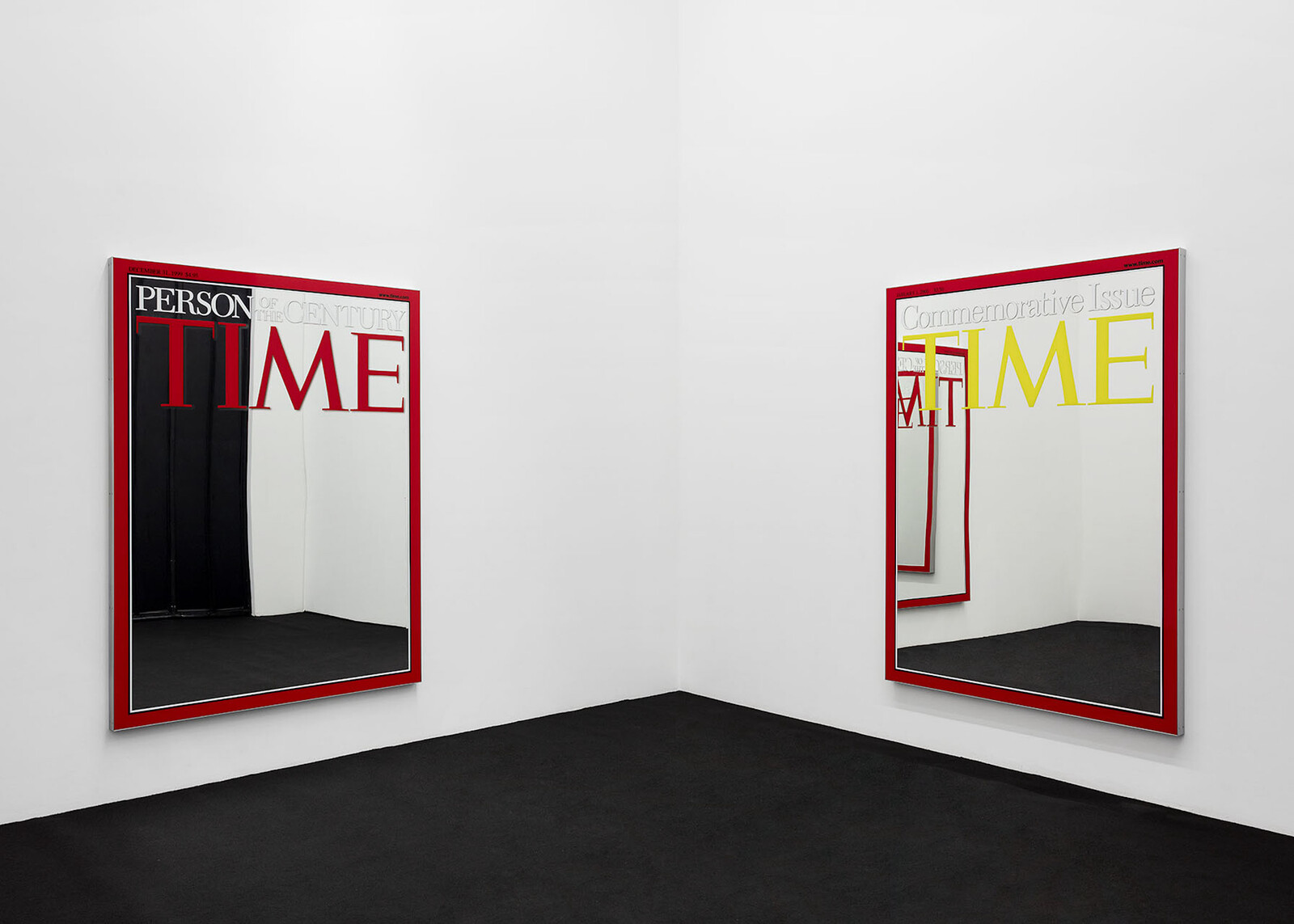
Criticism - e-flux

Change and Continuity: The Architectural Wonder of the Forbidden City - The Beijing Center 北京中国学中心
Zaha Hadid and Her Contribution to the Contemporary Urban Fabric of the Chinese Capital

Change and Continuity: The Architectural Wonder of the Forbidden City - The Beijing Center 北京中国学中心

Chapter 3 Diptych I: Bringing Abelard Home in: Varieties of the Self
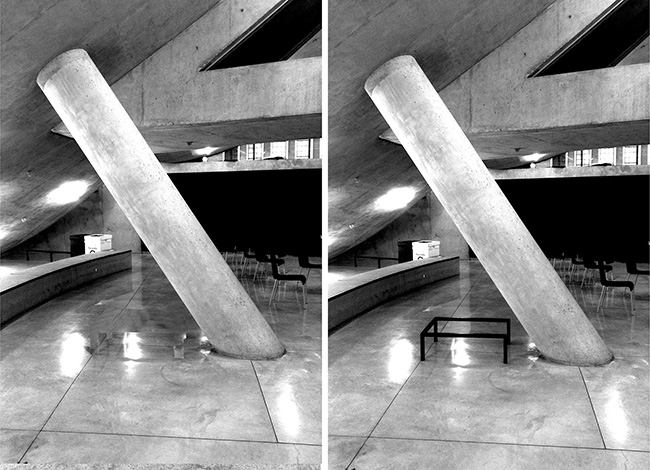
Jonathan Ochshorn — Chapter 6: MOVEMENT, ORIENTATION, ACCESS. In OMA's Milstein Hall: A Case Study of Architectural Failure

Download File - JOHN J. HADDAD, Ph.D.

Continuity & Change: Recent works of MADe

Urban Change. The prospect of transformation by haveasign - Issuu
de
por adulto (o preço varia de acordo com o tamanho do grupo)
